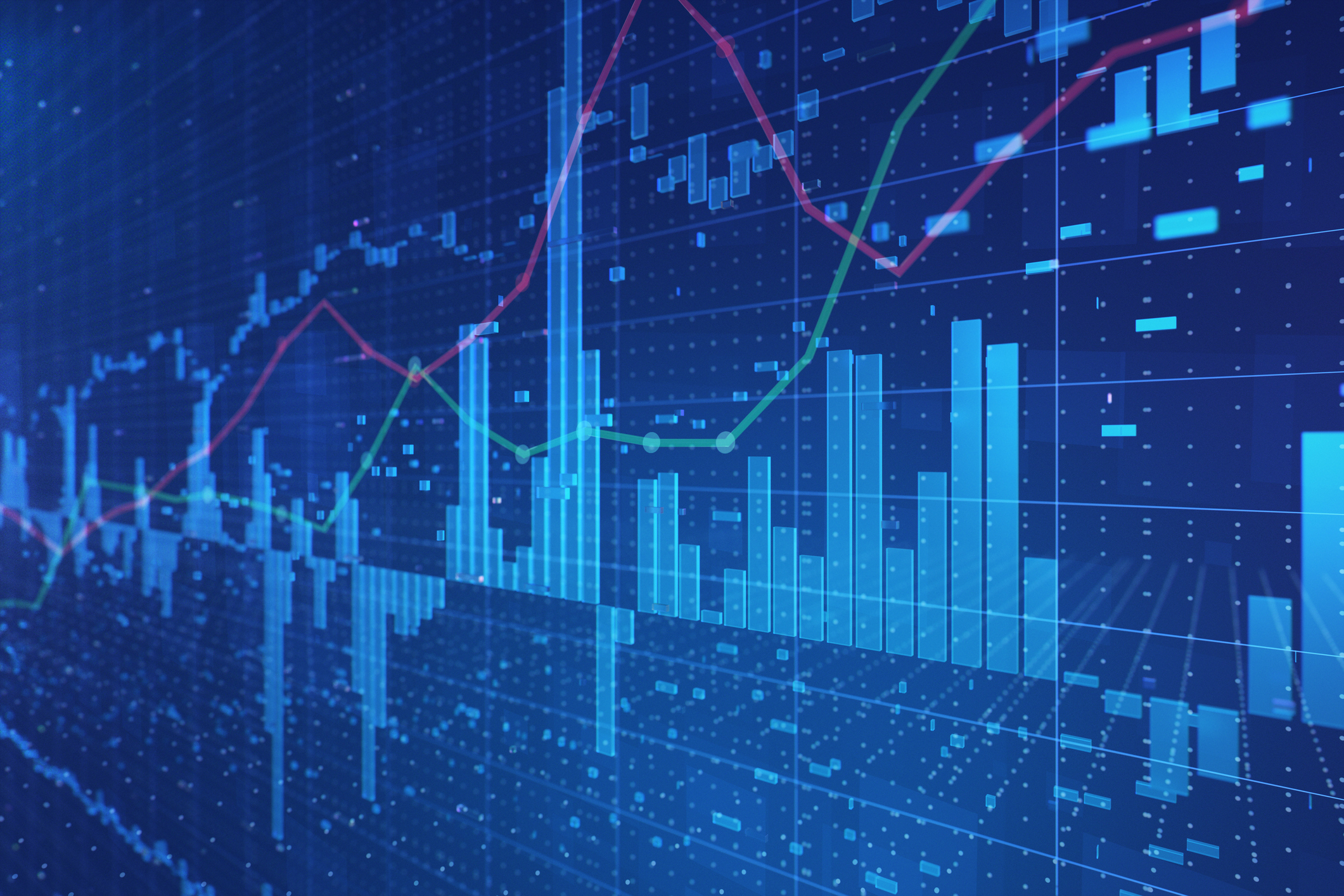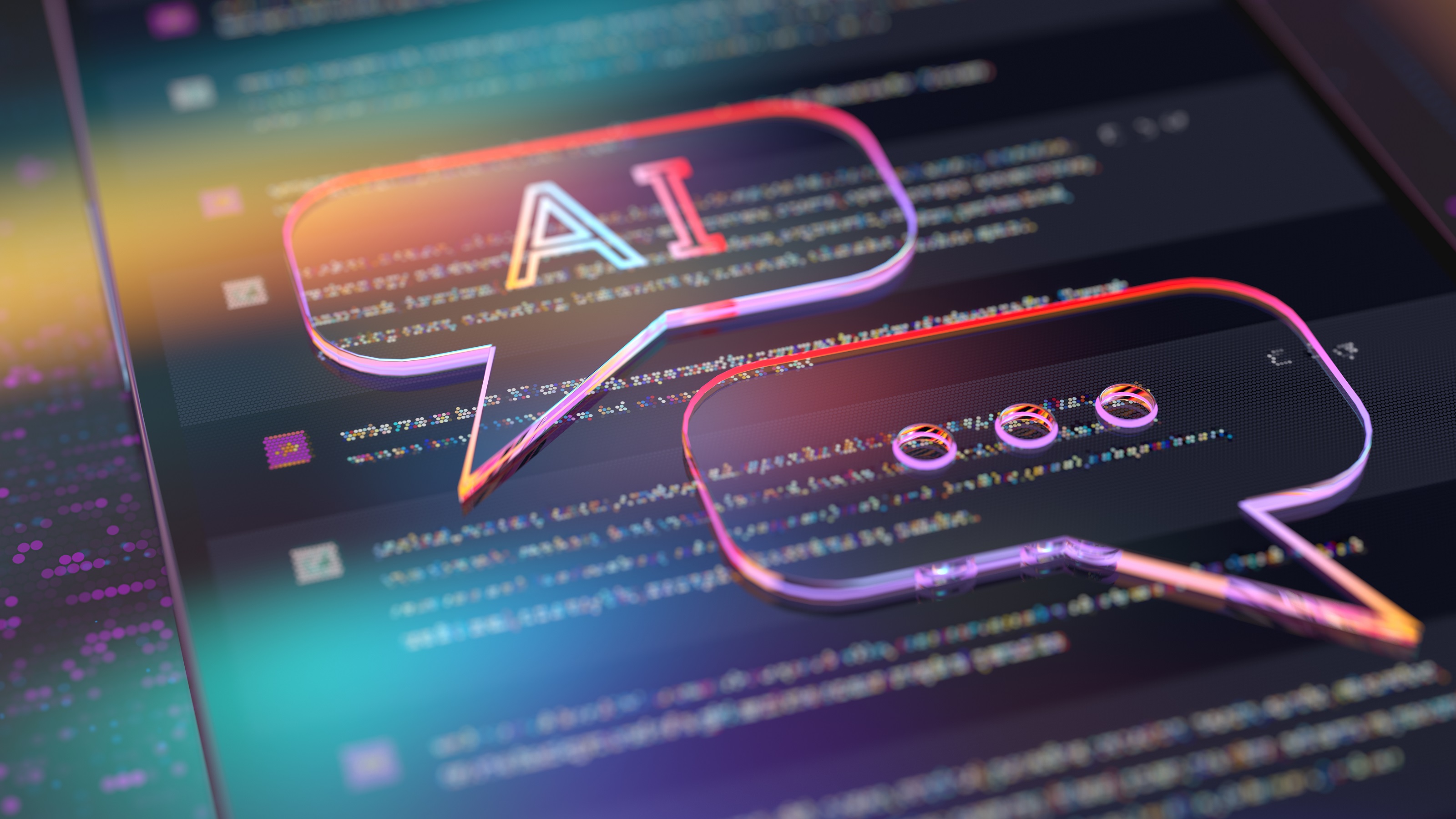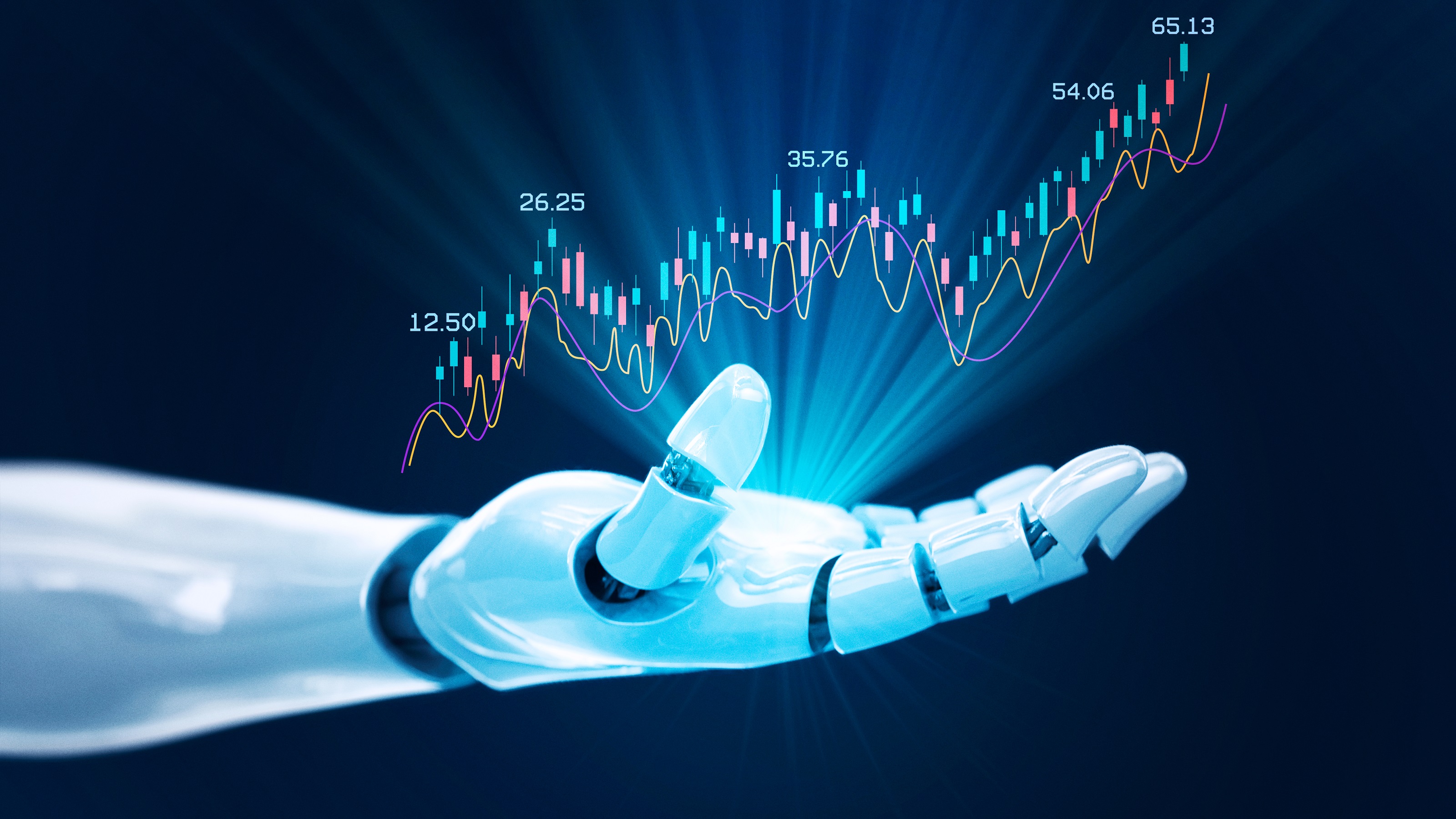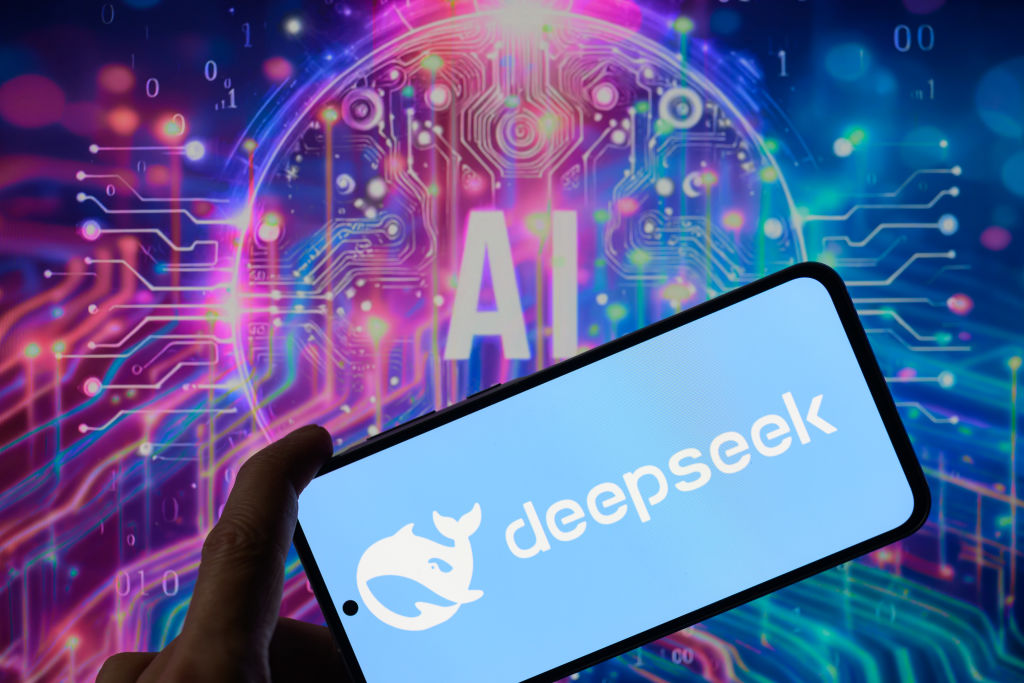Excitement Over AI Propels IT Spending
IT sales set to surge in 2025 as businesses rush to adopt generative AI. Tech buyers are also facing higher IT prices across the board.

To help you understand how AI and other new technologies are affecting energy consumption, trends in this space and what we expect to happen in the future, our highly experienced Kiplinger Letter team will keep you abreast of the latest developments and forecasts. (Get a free issue of The Kiplinger Letter or subscribe). You'll get all the latest news first by subscribing, but we will publish many (but not all) of the forecasts a few days afterward online. Here’s the latest…
Information technology sales will surge in 2025. Hardware, AI software and cloud services, everything from chips and servers to PCs and phones. Here’s a look at what’s in store for the year.
The shift to AI
Big Tech has been on an AI spending spree. Now business and consumer spending on AI is kicking into higher gear. Global IT spending is set to jump 10% or so in 2025 versus 2024, hitting $5.6 trillion, per market research firm Gartner. One big reason for a lot of new spending: The fear of missing out on AI’s potential, even if that means rushing ahead.

Sign up for Kiplinger’s Free E-Newsletters
Profit and prosper with the best of expert advice on investing, taxes, retirement, personal finance and more - straight to your e-mail.
Profit and prosper with the best of expert advice - straight to your e-mail.
Big Tech firms plan massive AI spending this year. Amazon, Microsoft, Alphabet and Meta will combine for $320 billion in capital expenditures, mostly Nvidia-powered AI servers. Each Nvidia chip costs about $30,000 to $40,000. Spending on servers will surge 30% in 2025, a bit lower than 2024’s pace.
Businesses are budgeting for generative AI, both hardware — AI-enabled PCs and smartphones — and AI software, to boost productivity and cut costs. Expectations of what AI can do right now have been tempered over the past couple of years, according to John Lovelock, an analyst and chief forecaster at Gartner. Still, plenty of businesses are ready to dive in, lest they get left behind.
Big spenders on AI over the next five years include banks, software sellers and retailers, according to a report by S&P Global. Companies would love a clear, must-have AI use case, but have settled on finding business-specific AI uses that hopefully pay off. Some fast-growing AI uses include claims processing, digital commerce, sales planning, smart factories and product design, says S&P Global. Other popular uses are sure to come to the forefront this year.
Storage, security and components
One of the hottest segments of the IT market continues to be cloud computing. Spending will soar 24% this year, says Gartner, for renting computing and data storage via the internet. Vendors include Amazon, Microsoft, Google, DigitalOcean, IBM Cloud and Rackspace. Spending will jump 19% on apps and software delivered via the web, boosting sellers of sales software, video editing apps, financial software, work collaboration tools and lots more. Many tech vendors are looking to hike prices to try to recoup hefty AI investments.
Gartner expects spending on devices to rise a strong 10% as pricey AI-enabled PCs and smartphones gain ground. Many businesses are refreshing their PC fleets as top sellers Lenovo, HP, Dell, Apple, Asus and Acer push their high-end models. Expect a solid year for other IT services, too, such as cybersecurity, third-party IT management, consulting, etc. Especially services related to AI.
Meanwhile, global semiconductor sales are expected to grow 14% or so this year versus 2024, per Gartner. That’s a downshift from 2024’s 19% year-over-year growth, but still a very strong outlook. This year’s chip spending includes GPUs (graphics processing units) surging 27%, good news for GPU behemoth Nvidia. Memory sales will jump 20%. A big winner is Taiwan Semiconductor Manufacturing Company, the world’s top chip manufacturer.
Tech tariffs
What could slow down the frothy IT market? The prospect of U.S. tech tariffs is the biggest risk, which could ding spending on gadgets such as laptops, gaming consoles and tablets. The Consumer Technology Association, a leading tech trade group, says U.S. consumer spending on tech products and services is poised to grow to $537 billion in 2025, up 3.2% compared with 2024. But that forecast came with the warning that U.S. tech tariffs could cause laptop and tablet purchases to fall by as much as 68%, gaming consoles by as much as 58% and smartphones by up to 37%. Fears include retaliation from trading partners and supply chain disruptions hurting sellers and consumers. However, hardware makers have diversified supply chains out of China since 2016, which would mitigate the fallout, since sellers can lean on production in other countries.
A report from Morgan Stanley notes that Apple now has 12% of iPhone production in India and 88% in China. Logitech, maker of keyboards, webcams and computer mice, has reduced manufacturing in China to 60%, down from 100% in 2016. Dell and HP have similarly reduced their China-based production of PCs and servers.
Another risk is if the economy stumbles and some companies ditch their plans to buy new fleets of PCs, memory storage, printers, webcams and other hardware. Already, 20% to 30% of chief information officers are pausing, downsizing or cancelling PC, server, video conferencing and storage projects, citing uncertainty around interest rates, inflation and employment, according to Morgan Stanley. However, that report shows three-quarters saying they are ramping up spending because of artificial intelligence.
How to save on tech
Some advice to save money on IT:
Businesses
- Do a full IT audit to look for underused or unused hardware and software, and ditch such “shadow IT.”
- Look for opportunities to consolidate IT services into one vendor, which can streamline billing and perhaps cut costs.
- Another tip, especially for small businesses looking to get more bang-for-their-buck: Test and use the AI tools being integrated in software already purchased, such as Microsoft 365’s new AI features
Consumers should look out for deals on PCs in August, September, November and December, according to Consumer Reports’ Best Time to Buy calendar. For smartphones, consider slightly older models, refurbished ones and specific lower-cost models, such as Apple’s new iPhone 16e. The starting price may still sting, but it’s a lot less than Apple’s high-end models
This forecast is from the team at The Kiplinger Letter, which has been running since 1923. It is a collection of concise weekly forecasts on business and economic trends, as well as what to expect from Washington, to help you understand what’s coming up to make the most of your investments and your money. Subscribe to The Kiplinger Letter.
Related Content
- Beyond the Hype: A Guide to Investing in AI
- How AI Could Have Positive and Negative Effects on Cybersecurity
- 6 Cybersecurity Stocks to Buy Now
- Best AI Stocks to Buy
- Should You Buy Nvidia Stock After Earnings?
Get Kiplinger Today newsletter — free
Profit and prosper with the best of Kiplinger's advice on investing, taxes, retirement, personal finance and much more. Delivered daily. Enter your email in the box and click Sign Me Up.

John Miley is a Senior Associate Editor at The Kiplinger Letter. He mainly covers technology, telecom and education, but will jump on other important business topics as needed. In his role, he provides timely forecasts about emerging technologies, business trends and government regulations. He also edits stories for the weekly publication and has written and edited e-mail newsletters.
He joined Kiplinger in August 2010 as a reporter for Kiplinger's Personal Finance magazine, where he wrote stories, fact-checked articles and researched investing data. After two years at the magazine, he moved to the Letter, where he has been for the last decade. He holds a BA from Bates College and a master’s degree in magazine journalism from Northwestern University, where he specialized in business reporting. An avid runner and a former decathlete, he has written about fitness and competed in triathlons.
-
 Stock Market Today: Stocks Gain on Tech, Auto Tariff Talk
Stock Market Today: Stocks Gain on Tech, Auto Tariff TalkThe Trump administration said late Friday that it will temporarily halt tariffs on some Chinese tech imports.
By Karee Venema
-
 Sam's Club Plans Aggressive Expansion: Discover Its New Locations
Sam's Club Plans Aggressive Expansion: Discover Its New LocationsSam's Club expansion plans will open up to 15 new stores each year. Learn where they plan to open in 2025.
By Sean Jackson
-
 10 Major AI Companies You Should Know
10 Major AI Companies You Should KnowThese 10 AI companies are at the forefront of machine learning. Find out how they’re driving innovation and jostling to be the biggest players in the game.
By Tom Taulli
-
 The AI Doctor Coming to Read Your Test Results
The AI Doctor Coming to Read Your Test ResultsThe Kiplinger Letter There’s big opportunity for AI tools that analyze CAT scans, MRIs and other medical images. But there are also big challenges that human clinicians and tech companies will have to overcome.
By John Miley
-
 The New Space Age Takes Off
The New Space Age Takes OffThe Kiplinger Letter From fast broadband to SOS texting, space has never been more embedded in peoples’ lives. The future is even more exciting for rockets, satellites and emerging space tech.
By John Miley
-
 Rising AI Demand Stokes Undersea Investments
Rising AI Demand Stokes Undersea InvestmentsThe Kiplinger Letter As demand soars for AI, there’s a need to transport huge amounts of data across oceans. Tech giants have big plans for new submarine cables, including the longest ever.
By John Miley
-
 What DOGE is Doing Now
What DOGE is Doing NowThe Kiplinger Letter As Musk's DOGE pursues its ambitious agenda, uncertainty and legal challenges are mounting — causing frustration for Trump.
By Matthew Housiaux
-
 A Move Away From Free Trade
A Move Away From Free TradeThe Letter President Trump says long-term gain will be worth short-term pain, but the pain could be significant this year.
By David Payne
-
 How Emerging Technologies May Influence the Future of Capital Markets
How Emerging Technologies May Influence the Future of Capital MarketsUpdating legacy systems with next-generation AI can enable fully automated trading, risk assessment and liquidity optimization.
By Jabin Geevarghese George
-
 The Explosion of New AI Tools
The Explosion of New AI ToolsThe Kiplinger Letter Workers and consumers soon won’t be able to escape generative AI. Does that mean societal disruption and productivity gains are right around the corner?
By John Miley